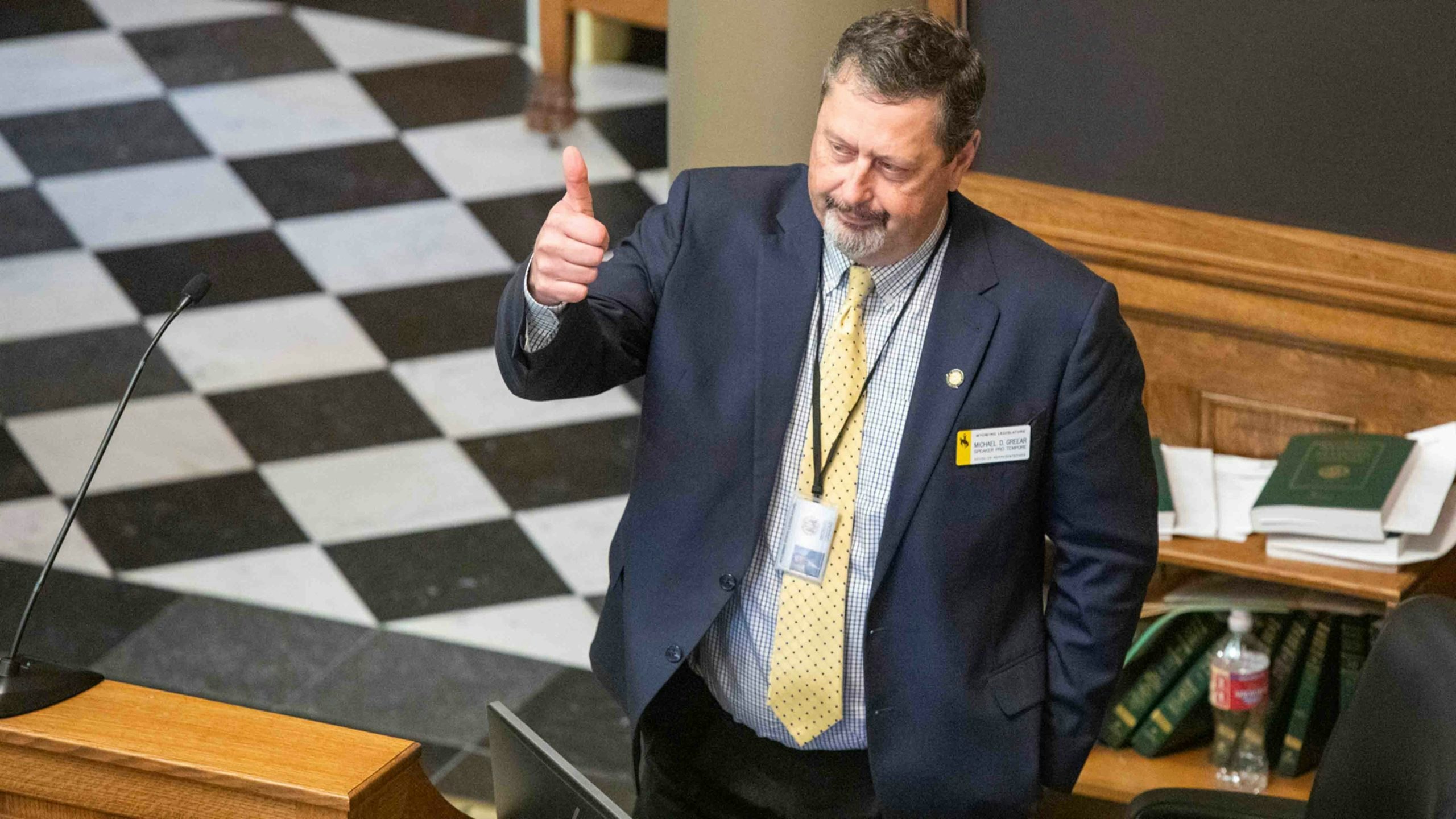A two-year budget detailing spending of roughly $2.7 billion from the state’s main bank account in fiscal 2023-24 was approved Monday by both the Wyoming House and Senate.
The budget for the state’s “general fund” authorizes spending of about $400 million less than the budget for 2021-22, which was approved in 2020 just days before COVID measures prompted unprecedented spending cuts nationwide.
Savings
Despite the cuts, about one-third of the members in each chamber voted against this biennial budget, with many delegates voicing concerns that the planned expenditures would diminish the state’s legislative stabilization and reserve account, a special savings account used to make up shortfalls between income and expenses.
“Under the current budget,” said Senate Vice President Larry Hicks, R-Baggs, “and the bills we currently have passed, we will have a LSRA of $1.457 billion” by the end of the biennium.
That is $103 million less than the account’s starting point of $1.56 billion.
“We’re going backwards on our savings account, folks, so just keep that in mind as we go forward,” Hicks said.
On the House side, Speaker Pro Tem Mike Greear, R-Worland, said he was “disappointed” with the budget and not confident that the LSRA would be replenished.
“It’s a long time before that happens in this current environment,” he said.
Greear referenced “geopolitical instability” such as the Ukrainian war impacting the global economy, which he said would “translate into our investment account.”
“I wish we would have looked at shoring up these reserve accounts a little more to steady (the budgeting process),” he said.
But Rep. Bob Nicholas, R-Cheyenne, argued the increasing oil prices may result in a more optimistic picture.
“The (fiscal projection) in January had $60 (per barrel) for oil and less than $4 (per gallon) on gas,” said Nicholas. “We know we’re going to have better returns from that,” he said.
Last week, the price of a barrel of West Texas Interimediate crude oil, the benchmark price for Wyoming oil, topped $96.
Nicholas also said the use of federal American Rescue Plan Act funds for projects that are “immediate and needy” should help alleviate some of budget concerns.
School Foundation
The state’s School Foundation Program, the main source of funding for Wyoming’s schools, was also the source of some debate, as it was in 2020.
The foundation program is slated to pull $127 million from the LSRA in this budget to help with its expenditures of roughly $1.8 billion, Hicks noted in the Senate.
“That’s the structural deficit we currently have in K-12 (school funding),” he said.
He added the structural deficit has been “baked in, into the foundation program” because of a failure last session to work out a 6% spending cut with the state House.
Investment Account
The strategic investment project account likewise, said Hicks, contained $171 million last month, but could be drained by the current plan.
“We’re leaving here with zero (in SIPA) and it … doesn’t look like there’s going to be any more money that flows from our general budget all the way down.,” he said.
School Construction
Wyoming plans to spend $245 million in capital construction for its K-12 schools this biennium.
“There was not enough money to fund all the school capital construction in this budget, so we transferred $14.7 million out of LSRA,” said Hicks, along with another $4 million from the school foundation program, then another $46 million out of the school capital construction savings account itself.
Hicks said that was a broad overview of some larger items in the budget.
“And you can see where the structural deficits are at,” he added.
Infrastructure Match
On the House side, Nicholas, noted that $75 million of the budget is being set aside to use as grant matches for the Congressional infrastructure funding due to hit states next year.
“There’s $1.4 billion dollars in it and it requires various matching components,” said Nicholas, “so we’re going to have to have matching dollars set aside in order to capture that infrastructure bill.”
With both chambers having agreed to changes made during the three-week review of the budget, it is now headed to the desk of Gov. Mark Gordon for his signature.





